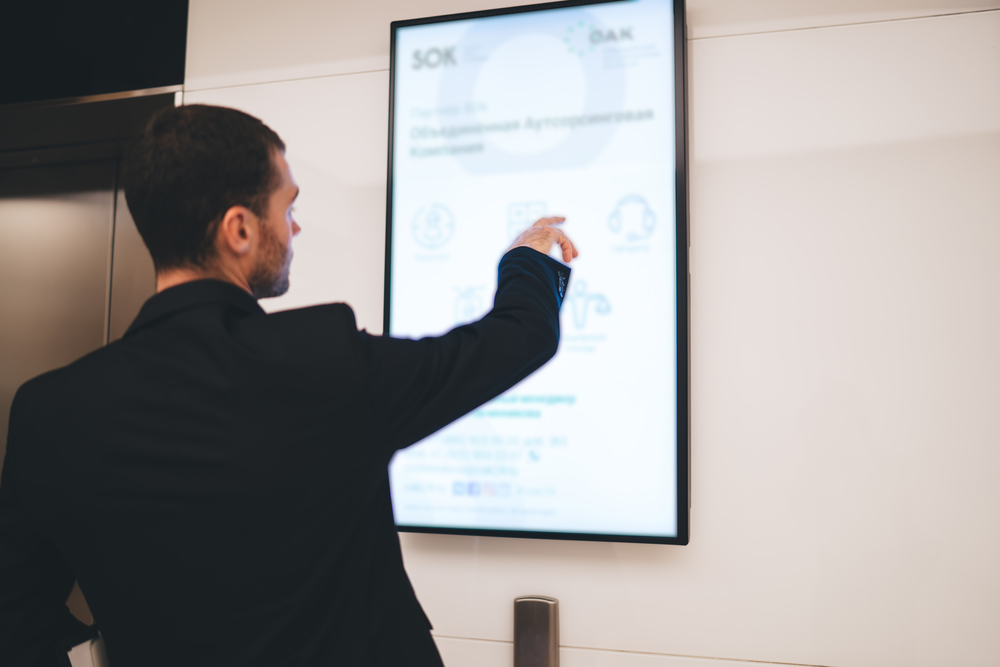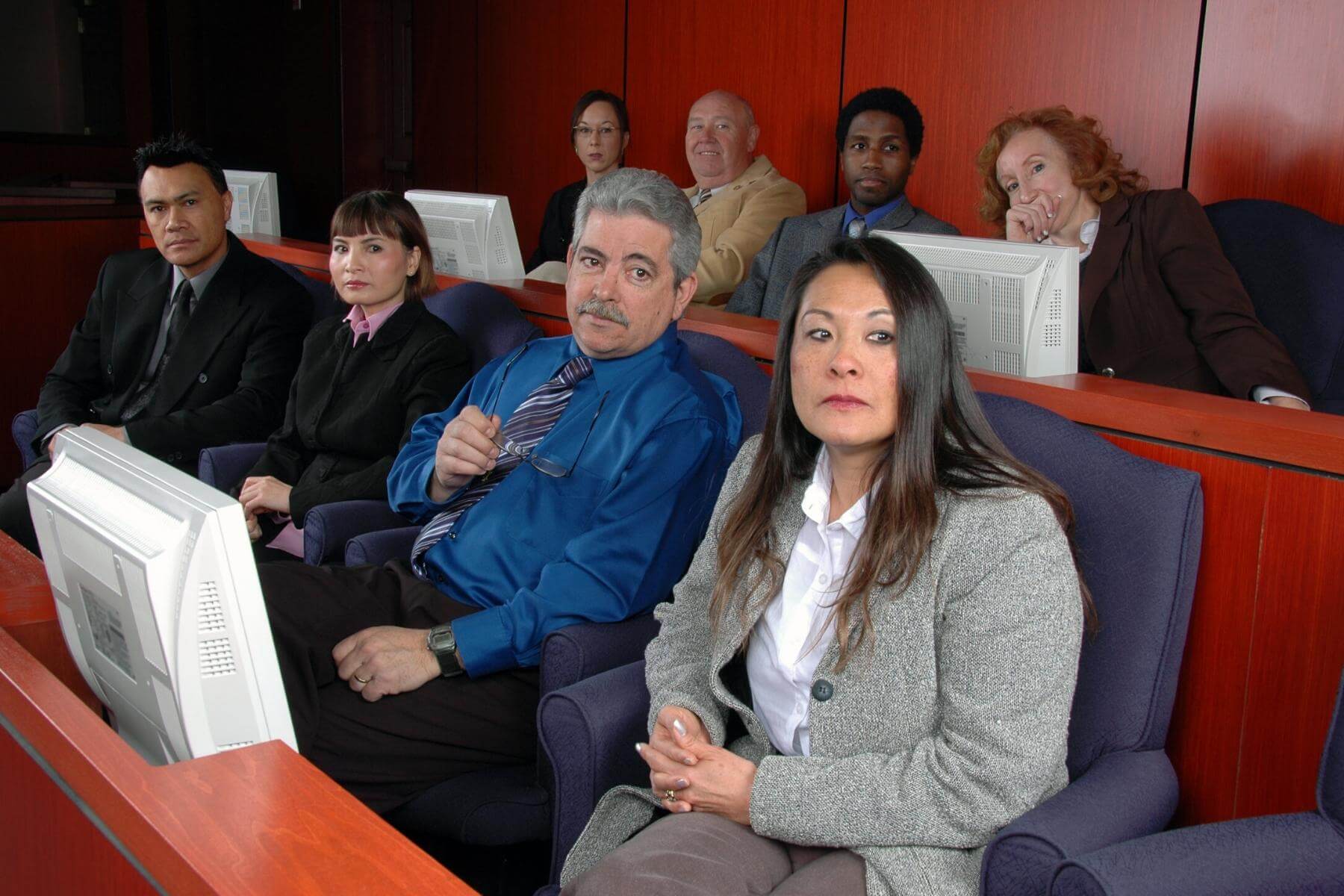Well-crafted trial presentations play a key role in legal proceedings.
Well-crafted trial presentations play a key role in legal proceedings.
Blog Article
Exactly How Trial Presentations Enhance Your Argument and Encourage Jurors
Test discussions act as a pivotal mechanism for boosting lawful arguments and persuading jurors. By integrating aesthetic aids, narrative frameworks, and emotional involvement, attorneys can produce a compelling case that resonates on numerous levels. The critical usage of visuals not only makes clear complicated information however additionally records jurors' attention better than words alone. The art of narration plays an equally vital duty in transforming valid evidence into an engaging narrative, forming jurors' understandings. Understanding these components can significantly influence trial end results, raising the concern of how each part adds to this complex dynamic.

Value of Aesthetic Help
Visual help play an important function in enhancing the performance of trial discussions, as they can considerably enhance audience interaction and retention of details. In the context of a trial, where jurors are tasked with processing complex information, visual help offer to streamline and clarify essential points. Charts, charts, and images can convey information and concepts that might or else overwhelm or puzzle jurors, permitting a much more simple understanding of the proof offered.
Additionally, aesthetic aids help in preserving juror interest throughout the procedures. By breaking the uniformity of spoken testament, these devices can punctuate critical disagreements, making them more unforgettable. Reliable visual aids can likewise stimulate psychological actions, which can be critical in encouraging jurors to align with the presenter's story.

Crafting Engaging Narratives
An engaging story is vital in trial discussions, as it works as the foundation of efficient persuasion. It enables attorneys to weave with each other realities, evidence, and psychological aspects into a coherent tale that resonates with jurors. This narrative structure makes it possible for jurors to recognize the intricacies of the case while directing them through the lawyer's disagreement.
To craft an engaging narrative, lawyers should focus on quality and comprehensibility. This includes developing a clear lead character-- commonly the customer-- and outlining their trip via the occasions concerned. Offering the facts in a logical series enhances comprehension and maintains involvement. Furthermore, the usage of dazzling descriptions can create mental images that help jurors envision the events, making the story extra remarkable.
Additionally, incorporating crucial motifs throughout the presentation enhances the core message and help in retention - trial presentations. The narrative needs to not only share details yet likewise evoke a feeling of justice, highlighting the risks entailed. Inevitably, a sound story fosters a link between the jurors and the situation, positioning the lawyer's argument as both credible and engaging, therefore enhancing the probability of a beneficial decision

Engaging the Jury Psychologically
Efficient court engagement hinges on the attorney's ability to get in touch with jurors on a psychological level. This connection can dramatically impact jurors' understandings and their ultimate decision-making. Utilizing sob stories enables attorneys to humanize the case, transforming abstract lawful ideas right into relatable experiences. By presenting real-life stories or testimonies, lawyers can stimulate empathy and empathy, promoting a much deeper understanding of the problems at risk.
Aesthetic help, such as photographs or video clips, can better boost psychological interaction, giving jurors with vibrant representations of the instance's human aspects. Crafting a narrative that highlights the battles and triumphs of the people involved makes sure that jurors see past the lawful disagreements and recognize the human repercussions of their choices.
A lawyer's enthusiastic delivery can resonate with jurors, strengthening their emotional investment in the case. It's essential to balance psychological charms with valid evidence, making certain that jurors really feel obliged to act while staying based in the truth.
Structuring Your Discussion

The body of the discussion should be rationally fractional into bottom lines, each sustained by engaging proof. It is beneficial to use narration methods to weave facts right into a narrative that jurors can quickly adhere to. Visual aids, such as graphes and video clips, can enhance understanding and engagement, helping to highlight crucial pieces of proof.
Real-World Study
Taking a look at visit this site right here real-world situation research this page studies offers important insights into the art of test presentations and persuasion. The protection team efficiently employed a method that integrated top-level professional testaments with multimedia presentations, which astounded jurors and eventually affected their decision.
Another notable example is the "McDonald's Coffee Case," where the complainant's lawyers utilized graphic images of the injuries endured by Stella Liebeck. trial presentations. This raw visual evidence played a critical function in sharing the severity of her burns, leading to a considerable court award. Such situations demonstrate that impactful trial discussions commonly hinge on the efficient assimilation of visuals and narration to evoke psychological actions from jurors
In addition, the "Casey Anthony Trial" highlighted the value of narrative comprehensibility and trustworthiness. The prosecution's failing to develop an engaging timeline reduced their persuasive power, underscoring the requirement of a well-structured discussion. Evaluating these cases reveals that successful trial discussions call for critical planning, psychological engagement, and the capability to reverberate with jurors' values and beliefs.
Final Thought
Test discussions significantly boost arguments and encourage jurors through the calculated use of aesthetic aids, compelling narratives, and psychological engagement. A well-structured discussion balances emotional appeals with valid proof, eventually reverberating a fantastic read with jurors' worths.
Report this page